You might think butterflies' brightly coloured wings make them stand out to other animals, but the colours are often a defence mechanism to deter predators!
The coloured leaves of butterflies are an adaptation that has evolved over millions of years.
Why are butterflies brightly coloured?
A warning
Bright colours act as a warning to other animals that the butterfly doesn't taste nice or is poisonous.
For protection
Some species are coloured for camouflage, making it hard for predators to spot them. The Indian leaf butterfly has wings that look like leaves.
Some also have eyespots to make other animals think they are bigger than they are.
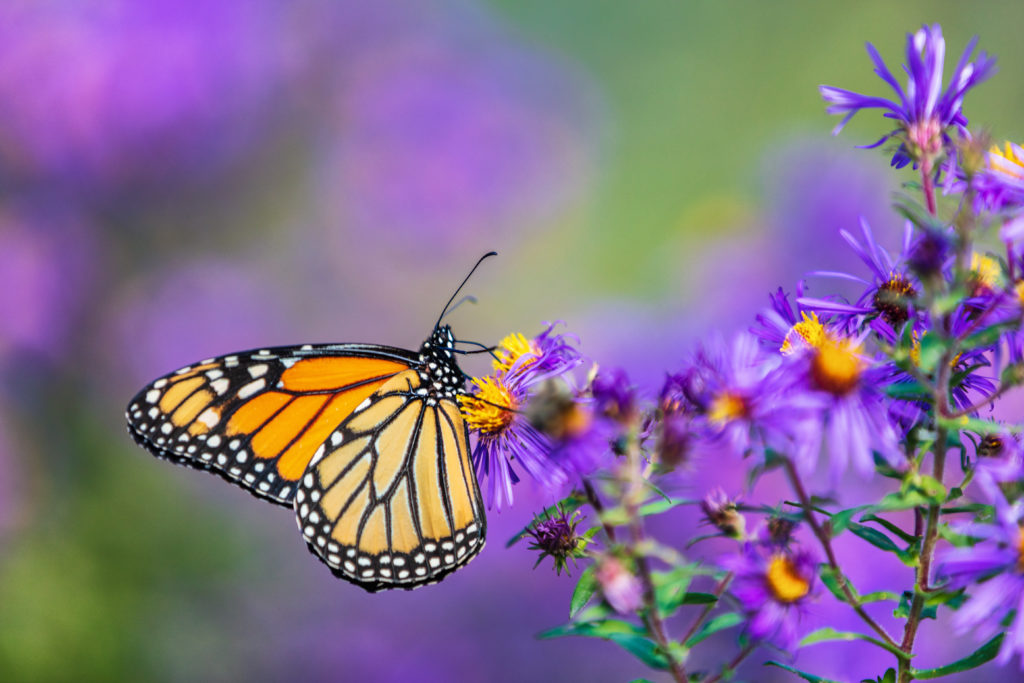
The owl butterfly has a large eye spot, making the wings look like the face of an owl!
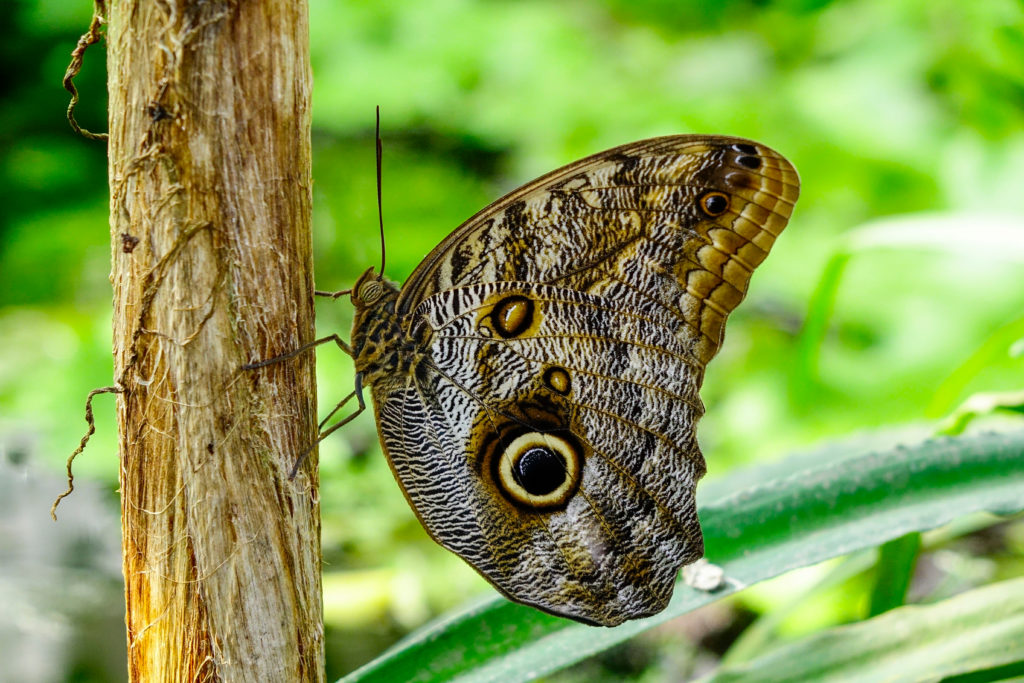
To attract a mate
Butterflies also use their bright colours to attract a mate.
What about caterpillars?
Butterfly larvae are called caterpillars. Like butterflies, some blend into their environment and don't move around much during the day; some are hairy, which makes them unattractive to predators, and some are brightly coloured, which warns predators that they are toxic.
Butterfly Facts
Butterflies and moths have sensors ( called chemoreceptors ) on their feet, allowing them to taste their food.
They have compound eyes.
Butterflies are the only insects that have scaly wings.
The patterns on the wings of a butterfly are symmetrical.
Butterflies have an interesting lifecycle and undergo a process called metamorphosis, where they transform from caterpillars to butterflies.
Butterflies are important pollinators. They transfer pollen between plants as they feed on nectar.
During the chrysalis or pupae stage of its lifecycle, a butterfly is very vulnerable to predators as they can't move or defend themselves. The chrysalis often looks like a leaf or twig, which gives it a little protection.
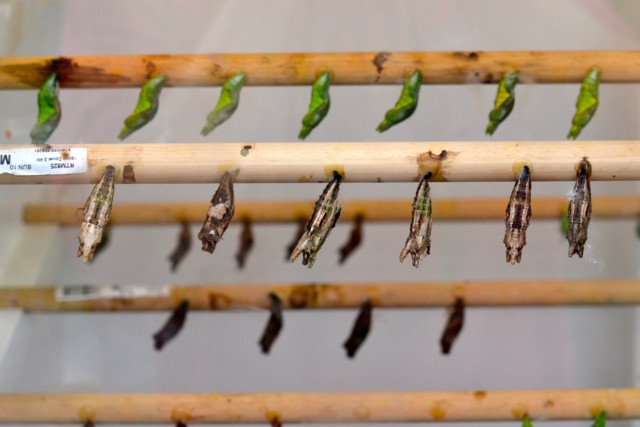
Butterflies, like all insects, have an exoskeleton.
You can find butterflies all over the world, except Antarctica.
Butterflies are cold blooded, which means they cannot regulate their own body temperature. They are much more active in warm, humid weather than when it's cold. If you've ever visited a zoo with a butterfly house, you probably noticed how warm it was.
Camouflage activities for kids
Place different colours of small sections of string on grass. Which are easiest to see?
Use different materials to create a camouflage outfit for a small soft toy. Try placing it in different areas outdoors to find out where the camouflage works the best.
Fun ideas for learning about butterflies
Do you know what the biggest butterfly in the world is called?
Create an edible butterfly life cycle with my FREE printable activity sheet!
This butterfly identification sheet from the Wildlife Trusts is brilliant!
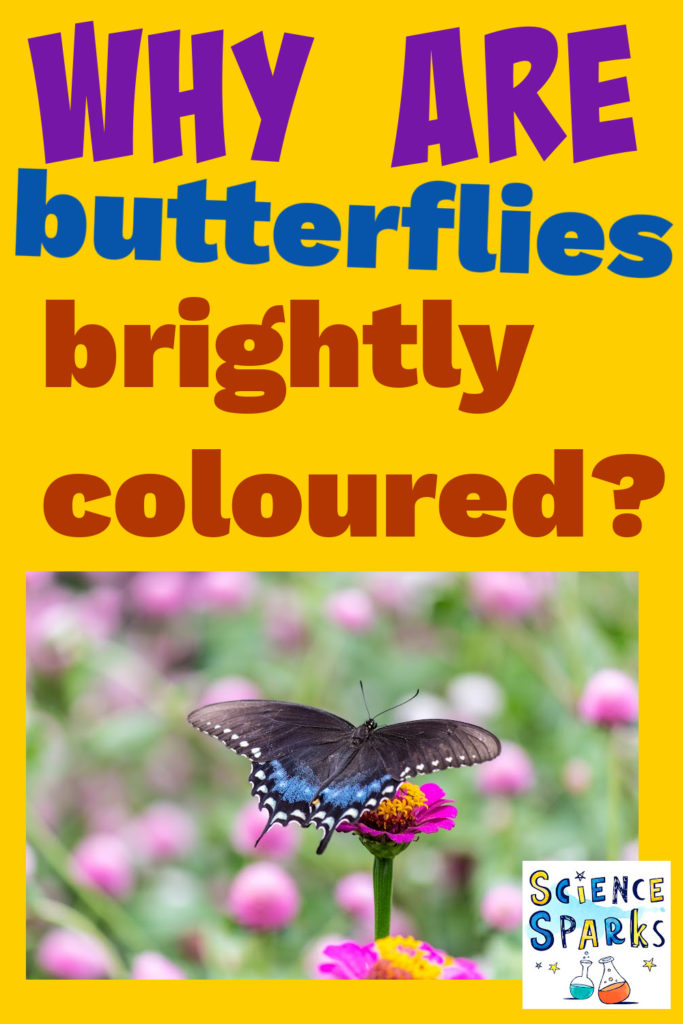
Last Updated on September 6, 2024 by Emma Vanstone
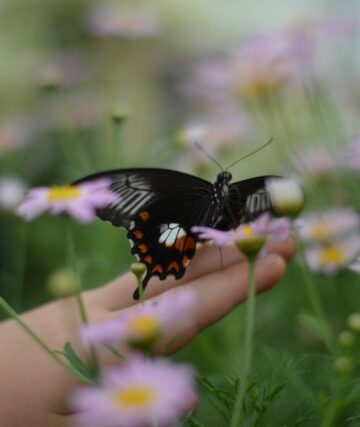
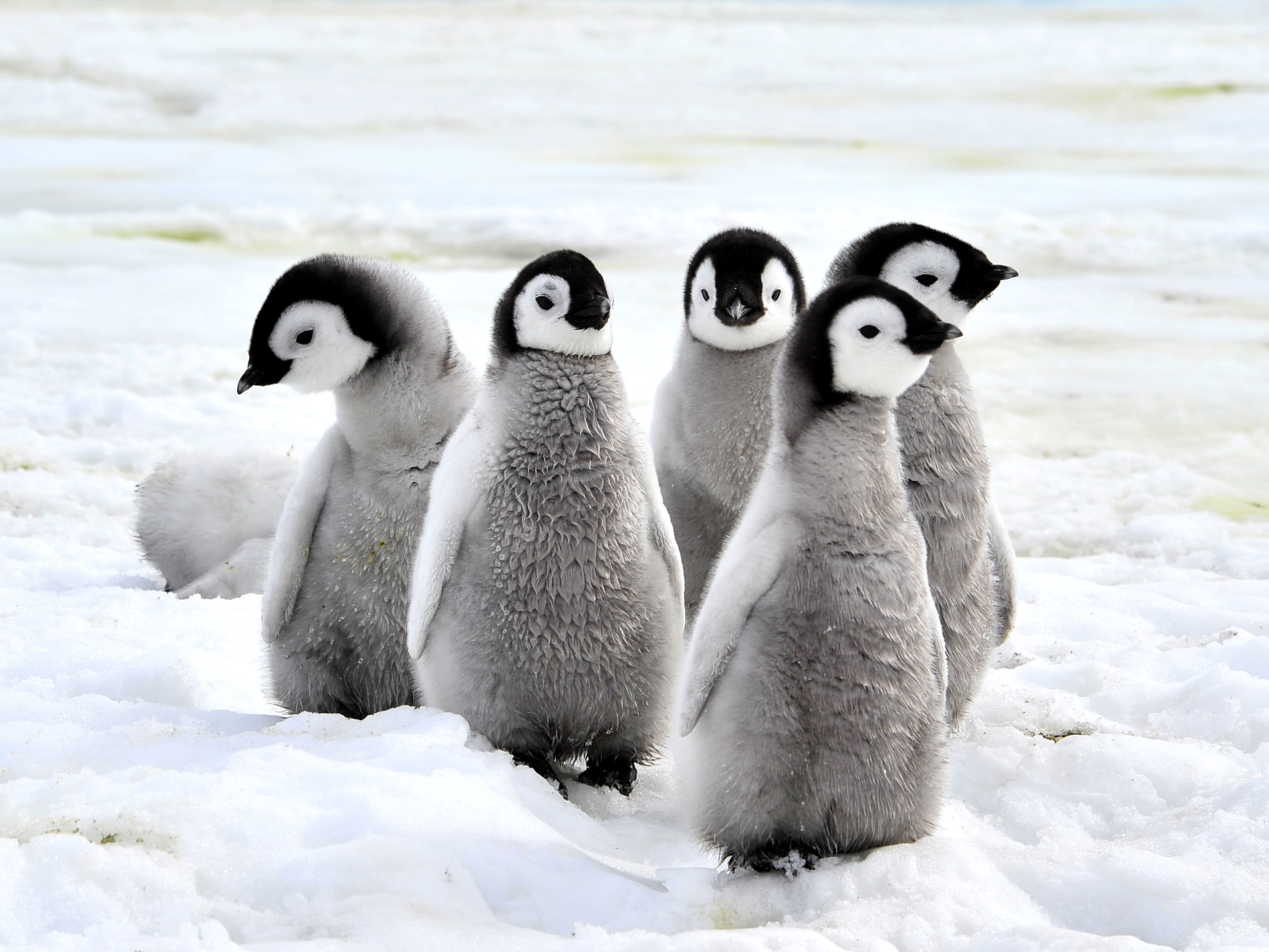
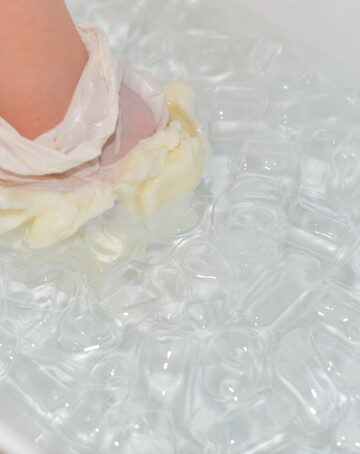
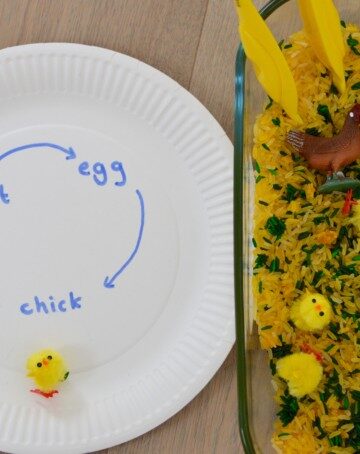
Leave a Reply